OPERATING PRINCIPLES FOR INDUCTIVE PROXIMITY SENSORS
|
||||||||||||||
Inductive
proximity sensors are used for non-contact detection of metallic
objects. Their operating principle is based on a coil and oscillator
that creates an electromagnetic field in the close surroundings
of the sensing surface. The presence of a metallic object (actuator)
in the operating area causes a dampening of the oscillation amplitude.
The rise or fall of such oscillation is identified by a threshold
circuit that changes the output of the sensor. The operating distance
of the sensor depends on the actuator's shape and size and is strictly
linked to the nature of the material (Table 1).
|
||||||||||||||
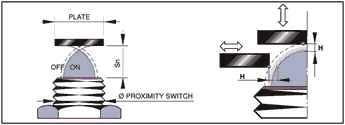 |
||||||||||||||
Outputs:
DC
Voltage
2 wire DC: These sensors contain an output amplifier with the function N.O. or N.C. that can pilot a load connected in series. In this system a residual current flows through the load even when in the open state and a voltage drop occurs to the sensor when it is in the closed state. Attention must be paid to these restrictions when selecting relays or electronic controls to be used with these sensors. They are compatible with P.L.C. units. 
3
& 4 wire DC: These amplified D.C. sensors contain an output
amplifier. They are supplied as 3 wire with function N.O. or NC
and as 4 wire with complementary outputs (NO + NC) in the types
NPN and PNP. Standard version include protected against short circuit,
protected against polarity and peaks created by the disconnection
of inductive loads. They are compatible with P.L.C. Units
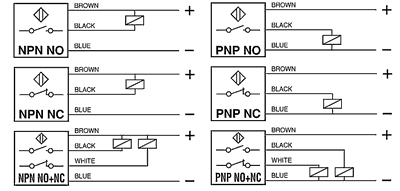 Analog & Linear: In these 3 wire amplified sensors a current or voltage output varies in proportion to the distance between the sensor and a metallic object. 
NAMUR:
These are 2 wire non-amplified sensors whose current varies
in the presence of a metallic object. The difference between these
sensors and traditional sensors is the absence of amplifier trigger
stages. Their current and voltage limits allow them to be used in
hazardous (explosive) environments when used with approved amplifiers.
In standard applications (normal atmospheres) the sensor must be
used with amplifier units ALNC, ALN2 or similar.

AC
Voltage
2 wire AC: These are two-wire sensors that contain a thyristor output amplifier. In this system a residual current flows through the load even when in the open state and a voltage drop occurs to the sensor when it is in the closed state. Attention must be paid to the minimum switching current, residual current and voltage drop when selecting low consumption relays or high impedance electronic controls to be used with these sensors. They are compatible with P.L.C. Units 
| ||||||||||||||
Sunday, October 23, 2011
How Inductive Proximity Sensor Works?
Subscribe to:
Post Comments (Atom)
 Proximity Sensors
Proximity Sensors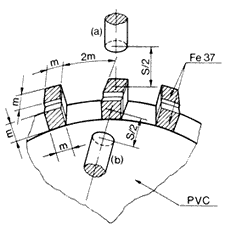
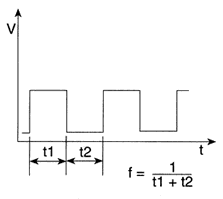
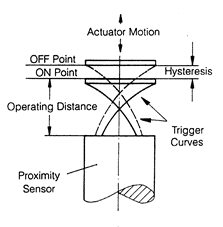
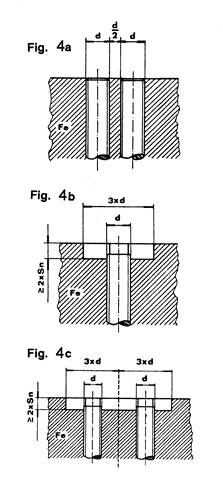
No comments:
Post a Comment